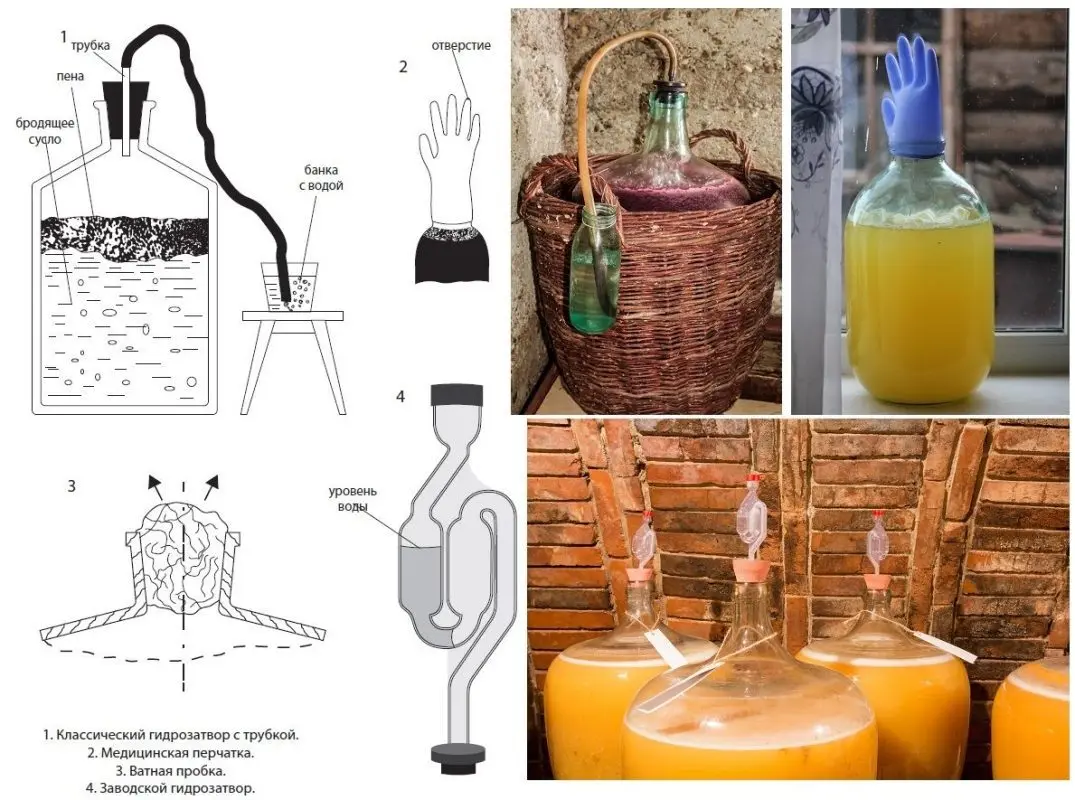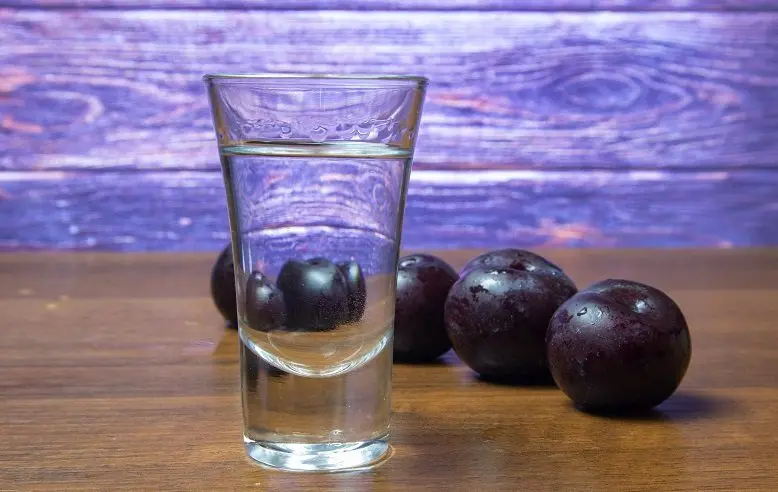With full observance of the technology for making moonshine from blackthorn (fruits of a wild plum or blackthorn) it turns out soft and fragrant. Even in the case of purchase, and not cultivation, the cost of raw materials is low.
Theory
The sugar content of ripe sloes is 6-9%. This means that with 10 kg of raw materials you can get a maximum of 1,08 liters of moonshine with a strength of 40 degrees. Given the average sugar content and losses during distillation, more realistic values are about 0,7 liters of forty-degree distillate. The addition of 1 kg of beet sugar increases the yield by 1,1-1,2 liters (40%), but slightly levels the fruity aroma and taste. To make moonshine from blackthorn with or without sugar, everyone decides for himself, it all depends on the willingness to compromise between the quantity and quality of the drink.
On dry or pressed baker’s yeast, sloe mash will win back in 4-9 days, but the aroma will be worse, so it is better to use wine or “wild” (located on the surface of the fruit) yeast. The only drawback of the second group is that fermentation lasts 25-50 days (sometimes longer).
Ingredients:
- blackthorn fruits – 10 kg;
- water – 5 liters (and another 4 liters for each kilogram of sugar);
- sugar – 1-3 kg (optional);
- yeast – 20 grams dry or 100 grams pressed (optional).
Recipe brag recipe
1. From unwashed fruits (if wild yeast is used), remove the seeds that contain harmful substances, give moonshine a specific almond smell and a slightly bitter taste.
Attention! Leaving the bones, you act at your own peril and risk!
2. Crush the pulp with the peel in any way to a homogeneous slurry and place in a fermentation tank.
3. Add water, sugar and yeast diluted according to the instructions on the package (the last two ingredients are optional). Leave at least 25% of the volume free for foam.
4. Stir the wort until smooth. Install a water seal on the neck of the container (close with a medical glove with a hole in the finger).

5. Transfer the mash from the turn to a dark place (or cover) with a stable temperature of 18-28°C. Depending on the selected yeast, amount of sugar and temperature, fermentation lasts 4-50 days.
The mash that has played out is bitter in taste without sweetness, lighter than it was originally, a layer of sediment is visible at the bottom, and the water seal has stopped emitting gas (the glove has deflated). When these signs appear, you can start distillation.
Obtaining moonshine from blackthorn
6. Strain the Braga through cheesecloth, squeeze the cake well. Filtration ensures that skin and pulp residues do not burn during distillation.
7. Overtake the thorn mash for the first time, without dividing the output into fractions. Finish the selection of distillate when the strength in the jet drops below 30 degrees. Moonshine may turn out to be cloudy, this is not scary and will be eliminated further.
8. Measure the overall strength of the drink. Determine the amount of pure alcohol (multiply the volume by the percentage of the fortress, then divide by 100). Dilute the distillate with water up to 18-20%. To retain a fruity aroma, do not clean with charcoal or other methods.
9. Make a second distillation (already fractional). Collect the first 12-15% of the yield of pure alcohol separately. This fraction (called the “head”) contains many harmful impurities and is not suitable for drinking.
10. Withdraw the main product (“body”) until the strength in the jet falls below 45%. Then finish distillation or collect the last fraction (“tails”) separately.
11. Dilute the resulting moonshine from the turn (middle fraction) with water to 40-45 degrees, pour into a glass container, close tightly and leave for at least 2-3 days to stabilize the taste.










